
The Story Behind the Soligor 135mm f/3.5
Soligor operated as a distributor brand from the 1960s through the 1980s, with optics often produced by respected Japanese manufacturers like Tokina and others. Among their lineup, the Soligor 135mm f/3.5 stood out as an affordable and widely available telephoto option. Many were sold under the versatile M42 screw mount, making them highly adaptable to today’s mirrorless digital systems.
I once discovered an old Soligor 135mm in my grandfather’s attic. Mounting it on a mirrorless camera with a simple adapter, I was surprised by the unique rendering—contrasty yet soft, with a distinctly vintage warmth you just don’t get with modern glass.

Key Technical Traits of the Soligor 135mm
Optical character
At its core, the Soligor 135mm f/3.5 offers a classic telephoto reach. While slower than f/2.8 lenses, f/3.5 still provides a pleasant balance between usability and portability. Stopped down a little, sharpness improves considerably.
Build quality & handling
The lens features an all-metal construction typical of its era, with a long focus throw ideal for manual focusing. The tactile aperture ring and sturdy build ensure decades of usability when well cared for.
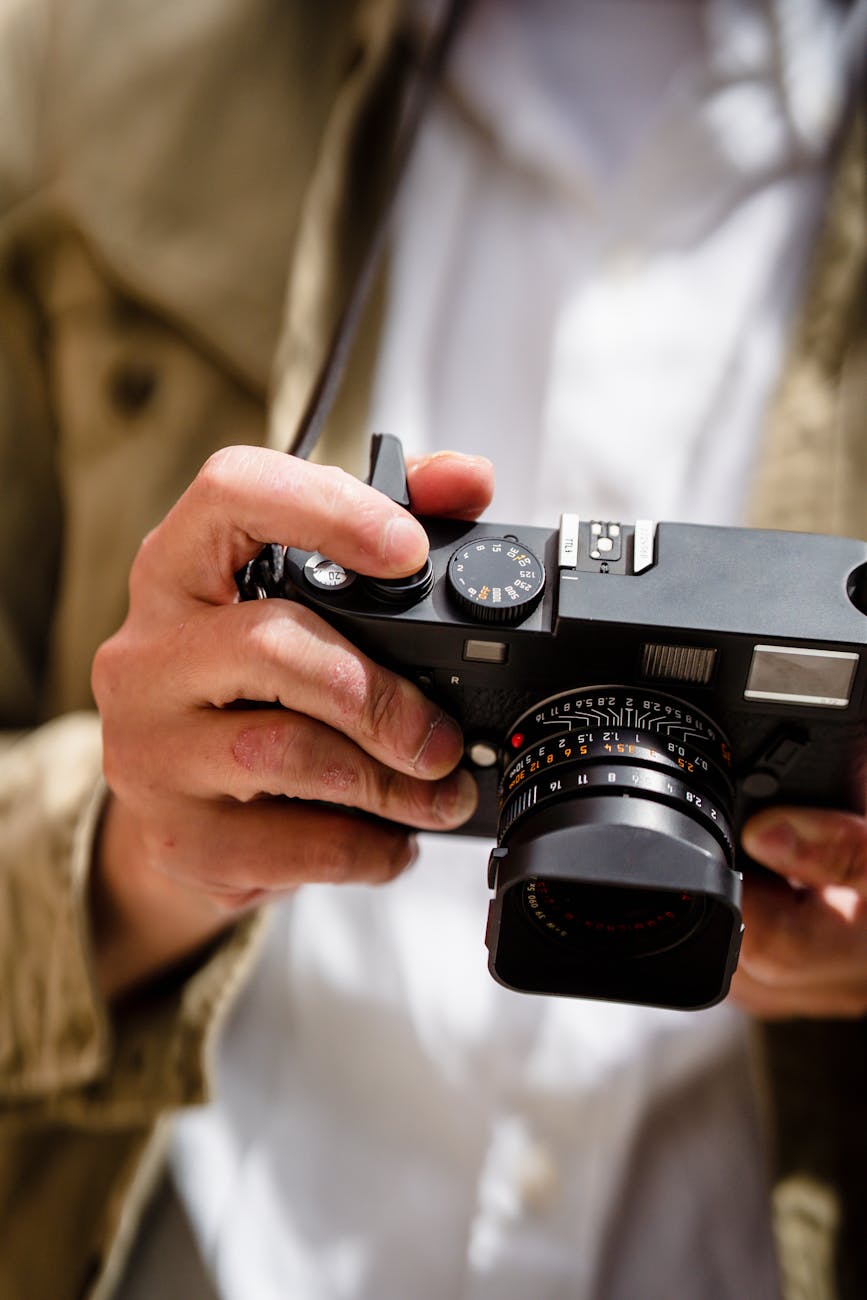
Who Uses This Lens Today?
Today, the Soligor 135mm f/3.5 finds new purpose with creative communities:
- Filmmakers use its long focus throw for smooth, cinematic pulls.
- Portrait photographers enjoy the flattering compression at 135mm.
- Mirrorless shooters adapt it easily with inexpensive M42 adapters.
- Analog enthusiasts mount it on classic Praktica or Pentax Spotmatic bodies.

Best Creative Uses for the Soligor 135mm
Despite its modest specifications, the Soligor 135mm f/3.5 opens doors to a surprising range of creative opportunities:
- Portraits with smooth, slightly vintage backgrounds.
- Cinematic video work full of characterful softness.
- Shooting architectural details or patterns in nature with clarity.
- Optical experiments—welcome flare and unique aberrations for an artistic edge.
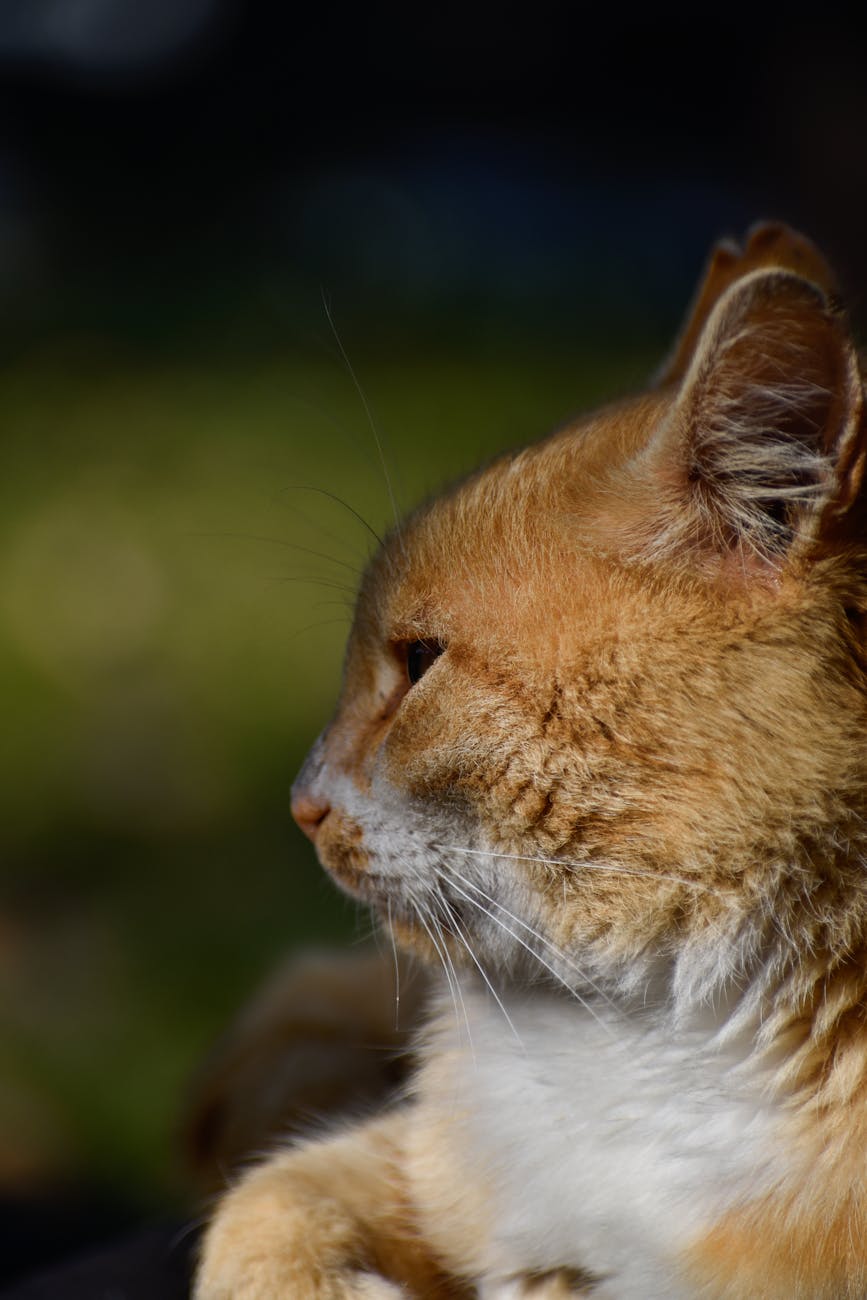
Practical Buying Guide
When shopping for a Soligor 135mm, a careful inspection can help avoid disappointment:
- ☑ Inspect optics carefully for haze or fungus
- ☑ Check that the aperture action is smooth and oil-free
- ☑ Test focusing to ensure smooth rotation
- ☑ Confirm filter ring is not dented
- ☑ Look for MC (multi-coated) marking to reduce flare
These lenses are commonly available second-hand and remain very accessible. You can find them in curated collections like our L cameras.
Modern Workflow Integration
Thanks to the simplicity of the M42 screw mount, this lens adapts to almost every modern system with ease. Whether it’s a Sony E, Canon RF, Nikon Z, or Micro Four Thirds camera, adapters are inexpensive and easy to find. Paired with video rigs, the long focus throw makes it reliable for controlled focus pulls. Photographers also enjoy its distinct flare when shot against sunsets or stage lights.

Essential Accessories
- Affordable M42 adapters for most mirrorless systems
- Lens hoods to cut flare and increase contrast
- Helicoid adapters for closer-than-standard focusing
- 55mm UV, ND, or polarizing filters for more creative workflows
Conclusion: Why Pick Up the Soligor 135mm f/3.5?
The Soligor 135mm f/3.5 M42 is not a specification monster—but that’s its charm. It offers an affordable entryway into vintage manual focus lenses, with creative rendering that continues to inspire photographers and filmmakers alike. Its solid construction proves durability, while its unique vintage look ensures it remains relevant even today. Sometimes, creativity sparks not from perfection, but from embracing the character of tools like this one.
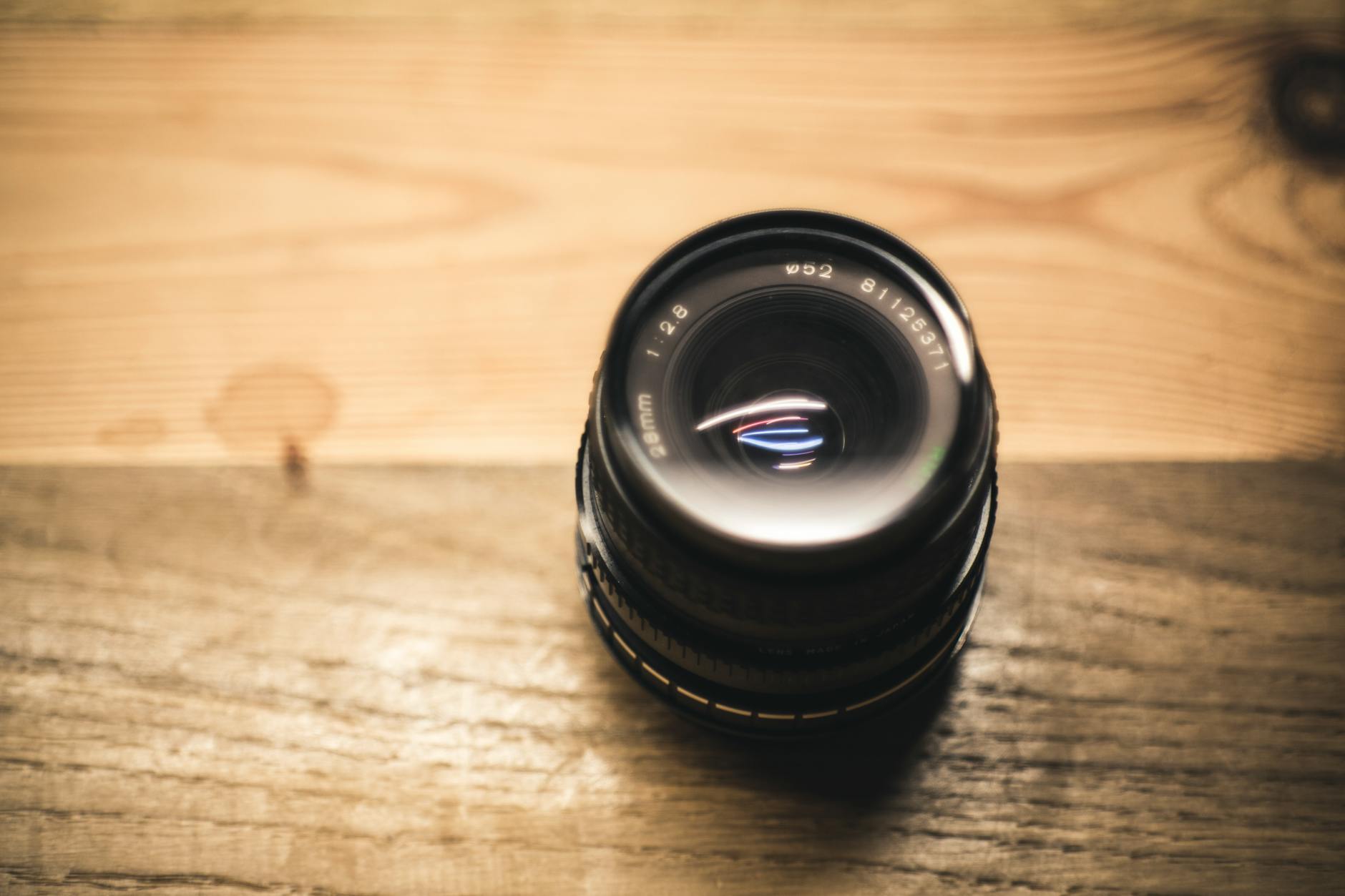
Ready to experiment with characterful vintage glass? Explore second-hand M42 lenses at Dutch Thrift.
FAQs
Is the Soligor 135mm f/3.5 lens sharp enough for modern cameras? Respectably sharp when stopped down to f/5.6–8; wide open it has a softer rendering that some photographers love.
Can I adapt the Soligor 135mm f/3.5 to mirrorless systems? Yes. With inexpensive M42 adapters it works seamlessly on Sony E, Fuji X, Canon RF, Nikon Z, and Micro Four Thirds.
What should I check before buying a vintage Soligor 135mm f/3.5? Look out for haze, fungus, oil-free aperture blades, smooth focusing, and intact filter threads.
Is the Soligor 135mm good for video shooting? Absolutely. The long manual focus throw makes it ideal for cinematic pulls, and its softer rendering suits storytelling well.




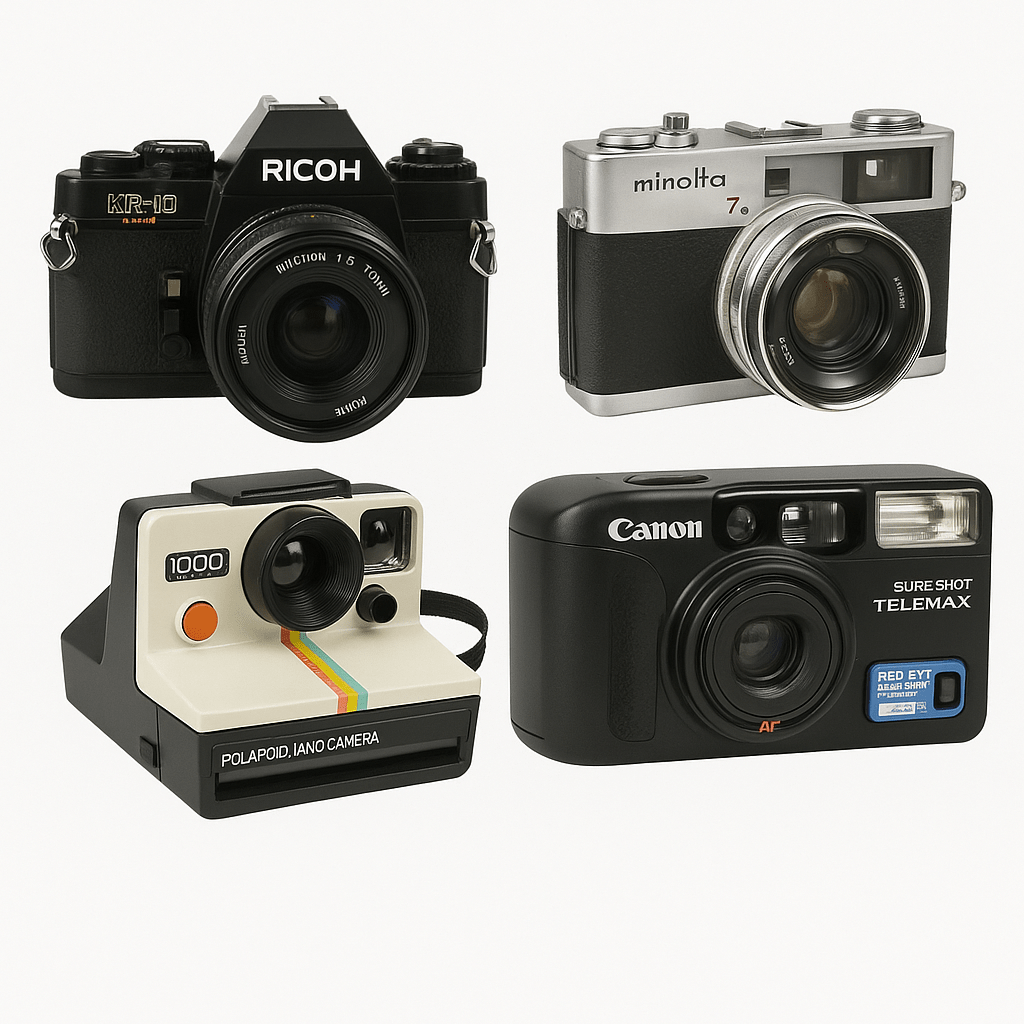
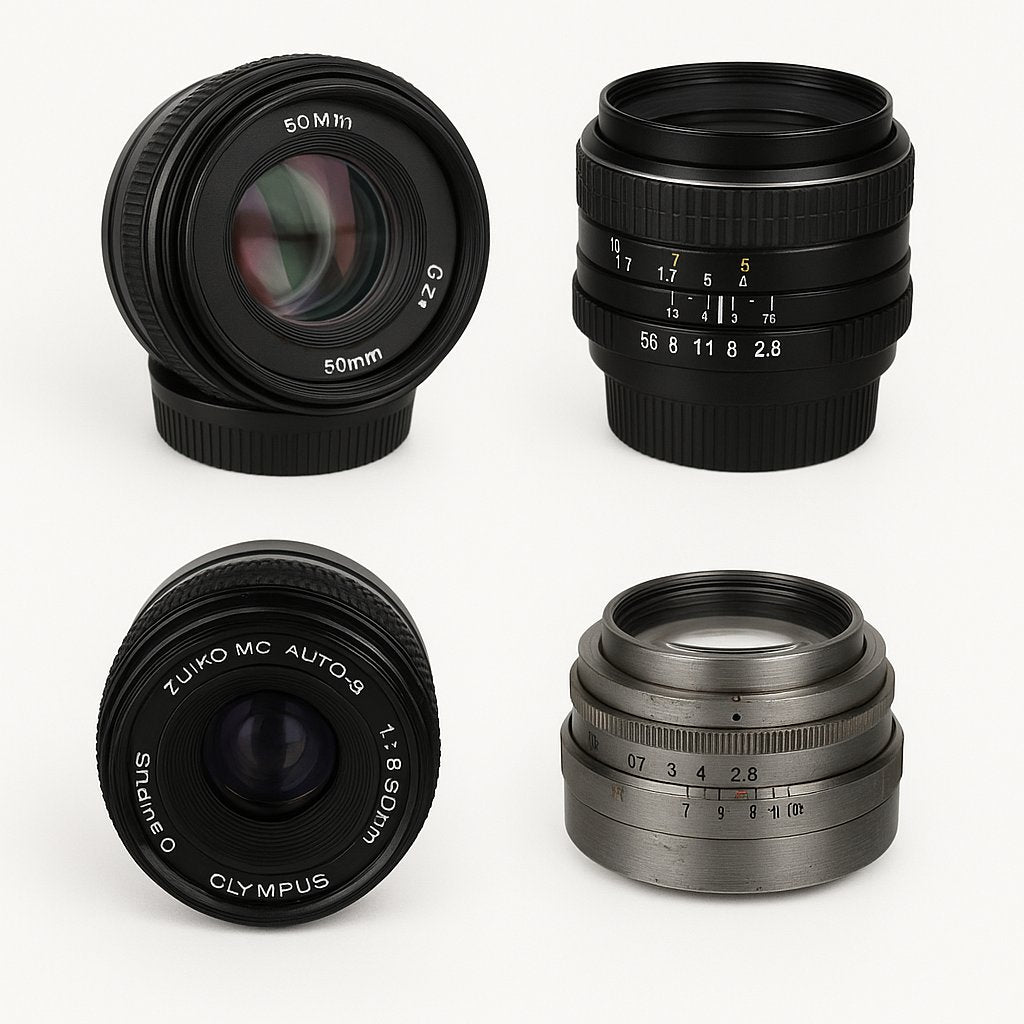
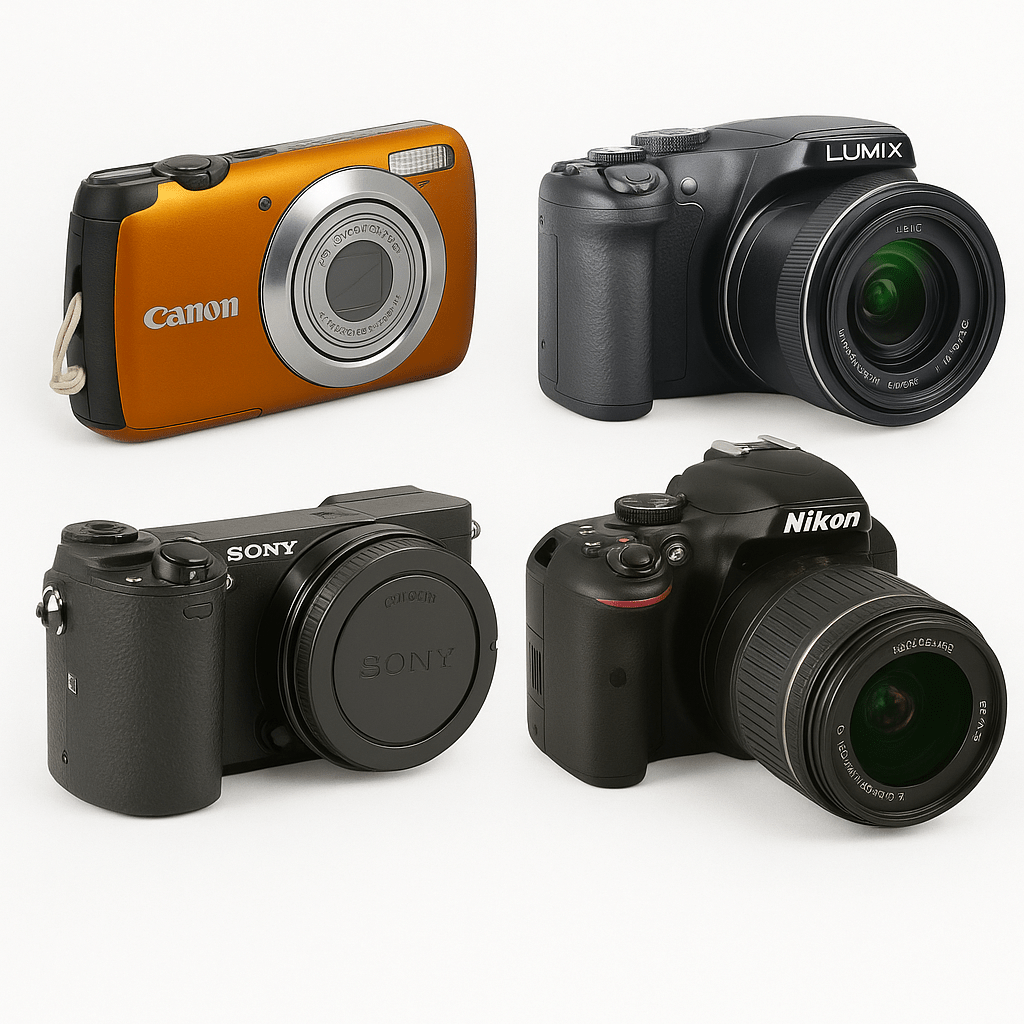
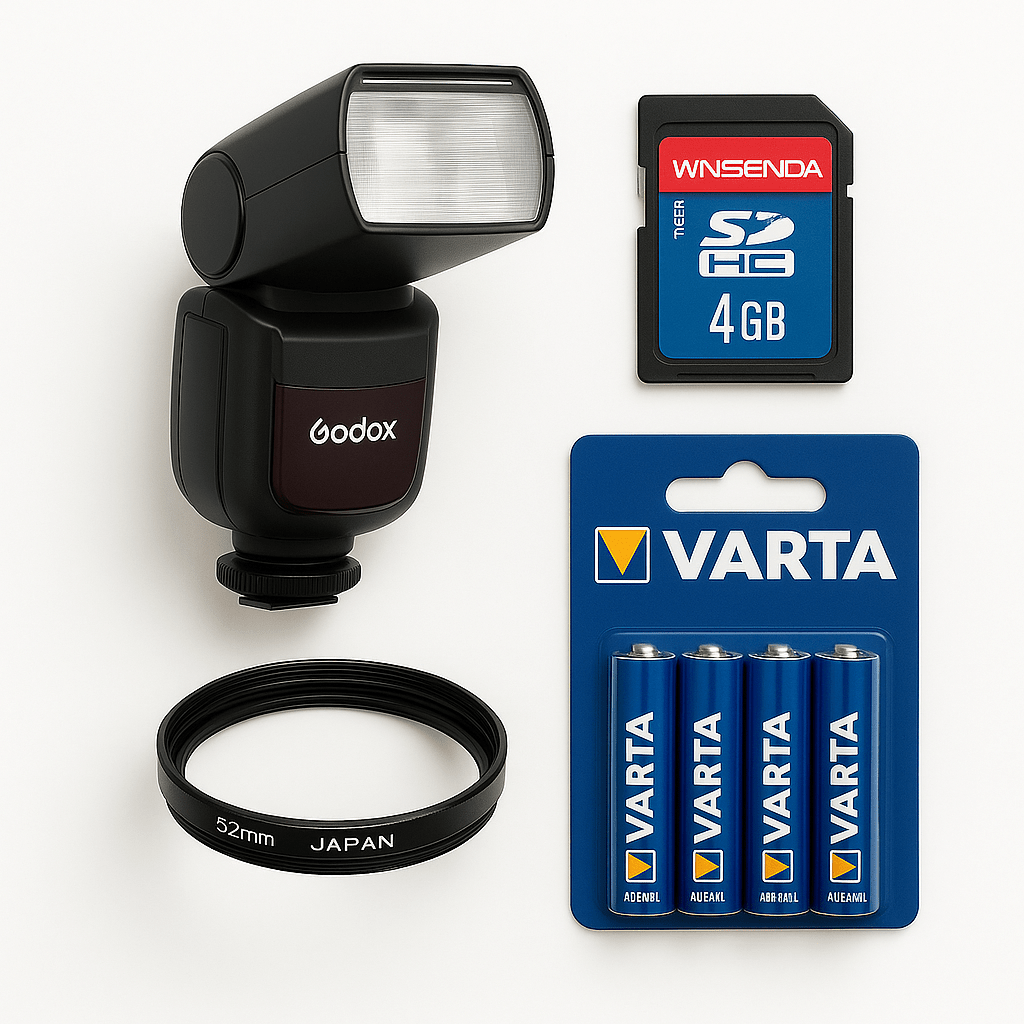
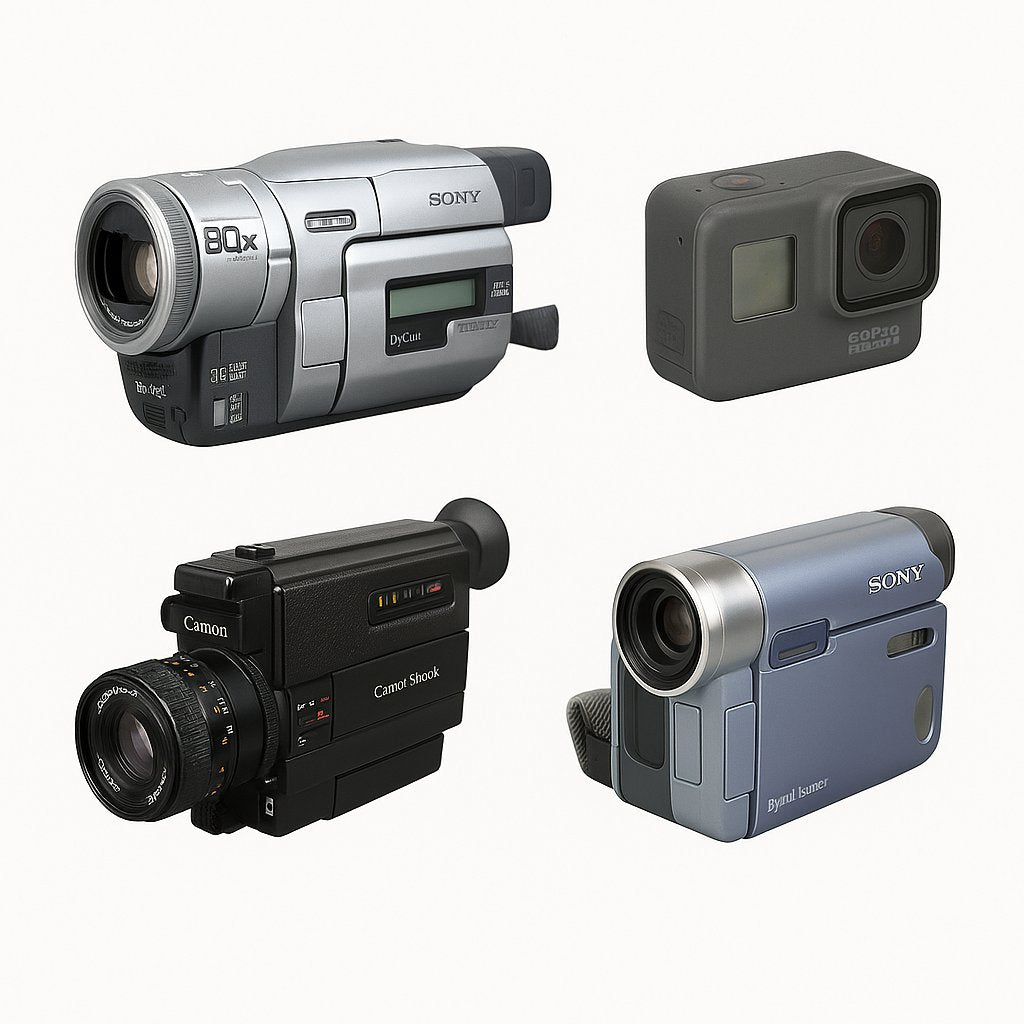
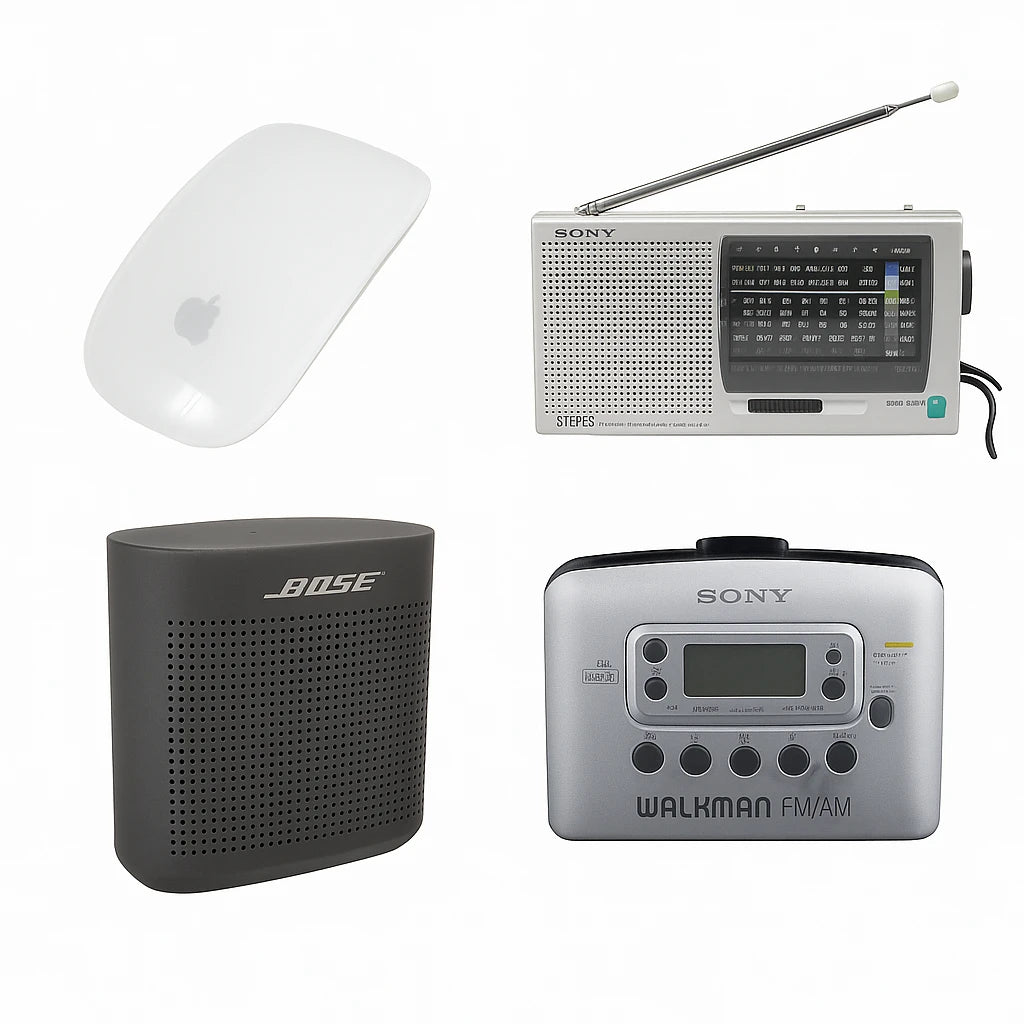
0 comments